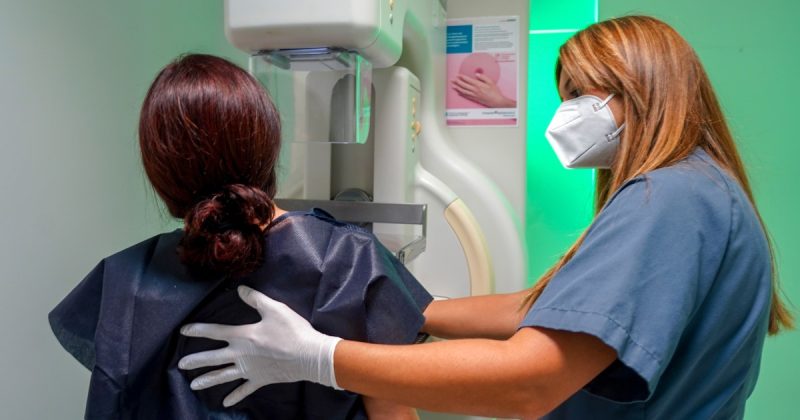
Recent breast cancer diagnoses among young celebrities have brought a stark reality to light: breast cancer rates are climbing faster in women under 50 than in older women. This isn’t just a headline; it’s a significant health trend demanding attention and action.
The increase is undeniable. From 2012 to 2021, the rate of new diagnoses in women under 50 rose by 1.4% annually, significantly higher than the 0.7% annual increase seen in women aged 50 and older. This trend affects all racial and ethnic groups, with particularly alarming increases among Asian American and Pacific Islander women under 50—a rise of almost 50% since 2000. Black women, sadly, face the highest rate of breast cancer before age 40 and the greatest likelihood of dying from the disease.
While mammograms are generally recommended for women over 40, younger women with family histories of breast cancer or genetic mutations should speak to their doctors about earlier screening. Symptoms like lumps or nipple discharge should never be ignored, regardless of age. Doctors emphasize the importance of early detection and seeking expert care at centers experienced in breast imaging.
The aggressive nature of breast cancer in young women is another critical concern. While treatment options have improved, leading to a decline in mortality rates from 2010 to 2020, younger women are still more likely to be diagnosed with aggressive forms of the disease, like triple-negative breast cancer, which spreads rapidly and has limited treatment options. This often stems from a lack of early detection due to less frequent screening in younger age groups.
The reasons behind this rise are complex and multifaceted. Lifestyle factors like poor diet, lack of exercise, and increased alcohol consumption—all more prevalent in recent decades—play a role. Exposure to environmental toxins, such as air pollution, ‘forever chemicals,’ and microplastics, is another area of ongoing investigation. Some studies even suggest a link between chemical hair straighteners and increased breast cancer risk, particularly impacting Black women.
Changes in reproductive patterns also contribute. Earlier onset of menstruation and delayed childbirth, both common in modern society, expose women to estrogen for longer periods, potentially fueling cancer cell growth. The increase in postpartum breast cancer—cancers appearing within five to ten years of childbirth—further underscores the complex interplay of factors at play.
The medical community is actively working to understand these complex interactions and develop more effective treatments tailored to younger women. More research is needed to definitively link environmental factors and lifestyle choices to breast cancer risk, and to improve treatments specifically for younger patients. This is not just about awareness; it’s about demanding further research, improved preventative measures, and readily accessible, high-quality care for all women, regardless of age.









